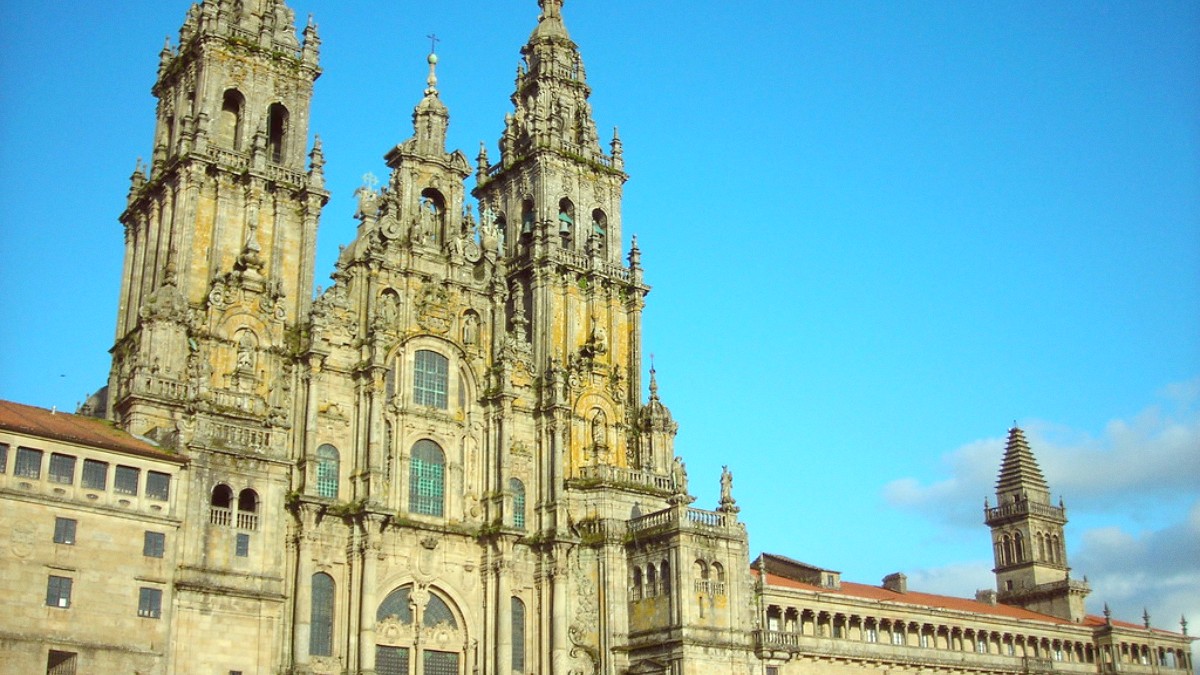
Santiago De Compostela Cantabria Asturias And Galicia, Spain Travel Guide
You discover a place where ancient traditions meet a thriving contemporary life, creating an experience unlike any other. Santiago's appeal extends beyond the Camino. It is a city of delicious seafood, verdant parks, and an university that fills its cafes and bars with youthful energy. History comes alive in every stone of its UNESCO-listed Old Town, yet the city moves forward with a dynamic spirit. This guide unlocks Santiago's many layers, ensuring your visit is both seamless and unforgettable. Plan to create your own chapter in the long story of travelers who have found their way to this remarkable corner of Spain.
Santiago de Compostela is a specific place in the autonomous community of Galicia, positioned in the northwest of Spain. It functions as Galicia's capital and sits within the province of A Coruña. The city is approximately 25 kilometers (15.5 miles) inland from the Atlantic coast, giving it a distinct climate influenced by the ocean.
The region around Santiago boasts a landscape defined by its rugged coastline, specifically the famous Rías Baixas and Rías Altas. These deep, fjord-like estuaries create dramatic inlets and an unique ecosystem. Inland, verdant hills dominate the scenery, covered in lush forests and agricultural lands. The prevailing climate is temperate and rainy, typical of an oceanic influence, which keeps the region green year-round.
Santiago de Compostela’s deep historical importance mainly derives from its role as the traditional burial place of the Apostle Saint James the Great. Saint James was one of Jesus's apostles, and according to enduring legend, his remains traveled to Galicia following his martyrdom in Jerusalem. The discovery of his tomb in the 9th century became a pivotal event. This discovery sparked the development of the Camino de Santiago, often called the Way of Saint James.
This network of ancient pilgrim routes, leading to the city's grand Cathedral, grew into one of the most important Christian pilgrimages during the Middle Ages. It rivaled journeys to Rome and Jerusalem in popularity and spiritual importance. The pilgrimage route transformed Santiago into a major cultural, religious, and political center. Its influence spread across Europe, shaping architecture, art, and intellectual life. Medieval pilgrims brought ideas, goods, and a constant flow of people, making Santiago a melting pot of cultures and a hub of knowledge.
The Old Town of Santiago de Compostela received designation as an UNESCO World Heritage site in 1985. This recognizes its universal value, preserving its unique urban structure, its remarkable monuments, and its enduring connection to the Camino.
The Camino's journey through history has seen periods of decline and resurgence. After the Middle Ages, its popularity waned, but it experienced a powerful revival in the late 20th century.
Today, thousands of pilgrims from diverse backgrounds, both religious and secular, walk the Camino annually, seeking spiritual introspection, physical challenge, or simply an unique travel experience. This continuous flow of pilgrims reinforces Santiago's identity and maintains its historical role as a beacon for travelers. The city consistently honors this heritage, making it a living museum of devotion and human endeavor.
The city's status as a pilgrimage destination drove its growth and the construction of its magnificent Cathedral, a testament to centuries of devotion and craftsmanship.
Its influence spread across Europe, shaping architecture, art, and intellectual life.
The Camino de Santiago, a network of ancient pilgrim routes, leads to Santiago's grand Cathedral. It grew into one of the most important Christian pilgrimages during the Middle Ages, rivaling journeys to Rome and Jerusalem in popularity and spiritual importance.
The city's status as a pilgrimage destination drove its growth and the construction of its magnificent Cathedral, a testament to centuries of devotion and craftsmanship. Medieval pilgrims brought ideas, goods, and a constant flow of people, making Santiago a melting pot of cultures and a hub of knowledge.
Today, thousands of pilgrims from diverse backgrounds, both religious and secular, walk the Camino annually, seeking spiritual introspection, physical challenge, or simply an unique travel experience. This continuous flow of pilgrims reinforces Santiago's identity and maintains its historical role as a beacon for travelers.
The city consistently honors this heritage, making it a living museum of devotion and human endeavor.
Santiago de Compostela offers a clear picture of its identity through some important details.
The city benefits from easy access to both the rugged coastlines and the green interior of Galicia, providing varied experiences for visitors. Its precise location also relates to its historical development, as it became a convergence point for pilgrimage routes. Its size gives Santiago a comfortable, walkable feel while still offering the amenities of a regional capital. It feels neither overwhelmingly large nor too small, striking a good balance for visitors.
Northwest Spain, Galicia. Approx. 42.8806° N, 8.5446° W.
City proper: ~98,000. Metropolitan area: ~180,000 (2023 est.).
Tourism (pilgrimage), Education. Major Event: Feast of Saint James (July 25th).
The Santiago de Compostela Cathedral functions as the spiritual heart of the city and the ultimate destination for pilgrims. Its architectural grandeur and religious significance draw millions of visitors each year.